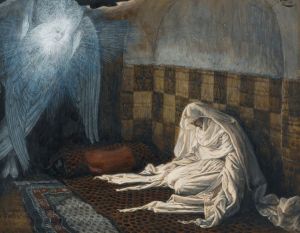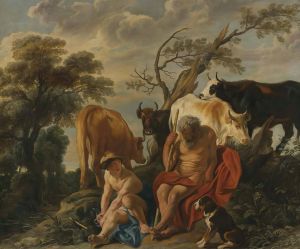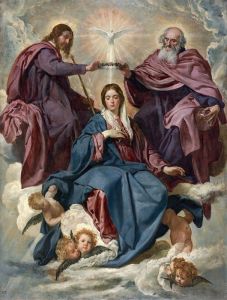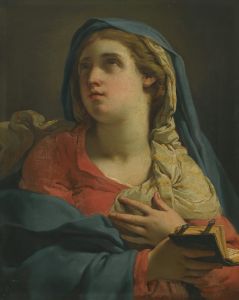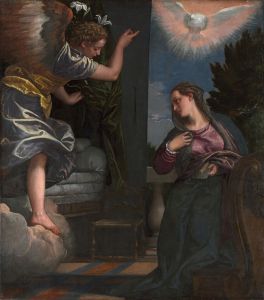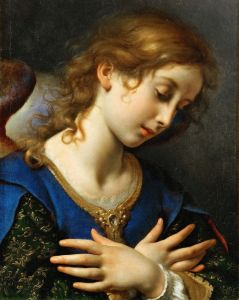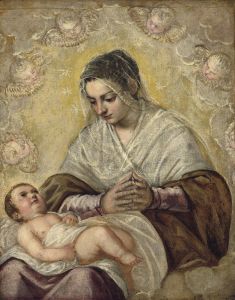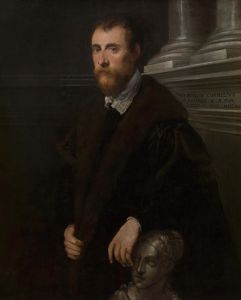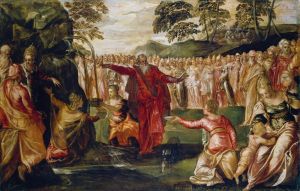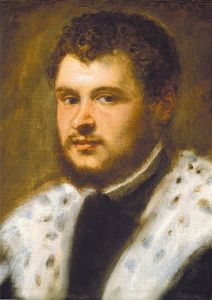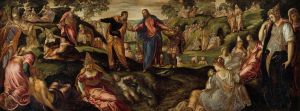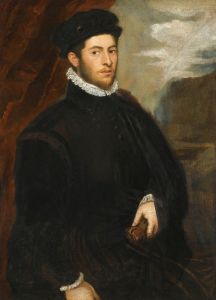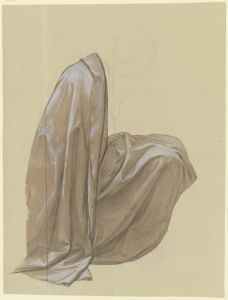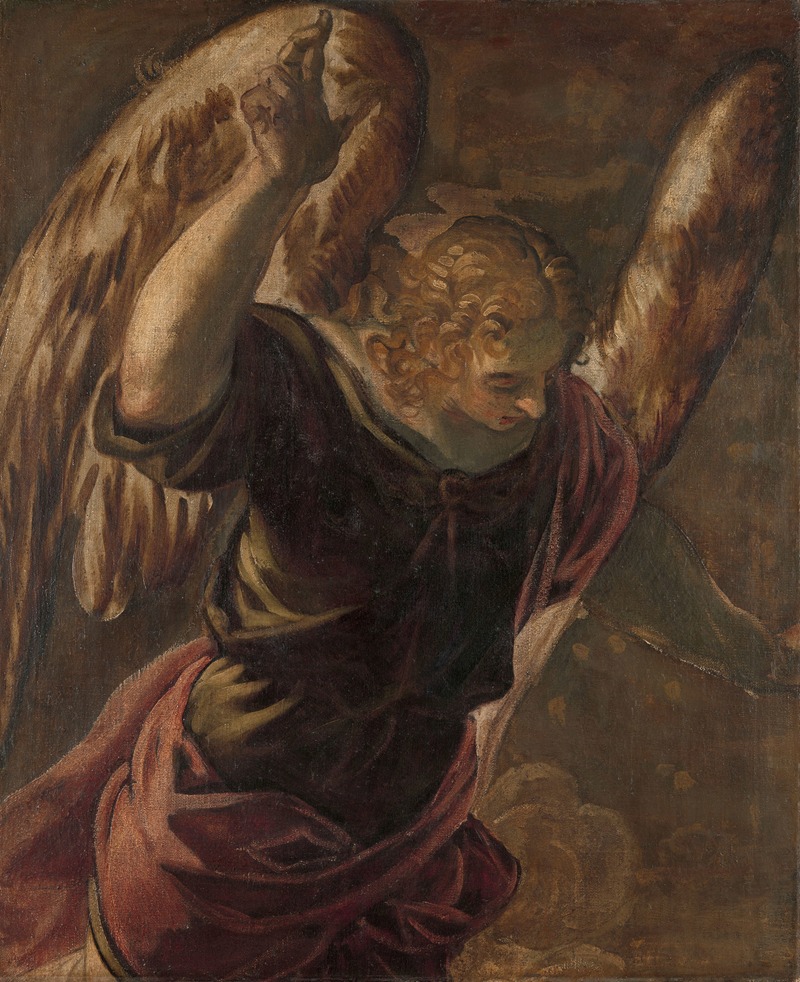
Angel from the Annunciation to the Virgin
A hand-painted replica of Jacopo Tintoretto’s masterpiece Angel from the Annunciation to the Virgin, meticulously crafted by professional artists to capture the true essence of the original. Each piece is created with museum-quality canvas and rare mineral pigments, carefully painted by experienced artists with delicate brushstrokes and rich, layered colors to perfectly recreate the texture of the original artwork. Unlike machine-printed reproductions, this hand-painted version brings the painting to life, infused with the artist’s emotions and skill in every stroke. Whether for personal collection or home decoration, it instantly elevates the artistic atmosphere of any space.
"Angel from the Annunciation to the Virgin" is a painting by the renowned Italian Renaissance artist Jacopo Tintoretto. Tintoretto, whose real name was Jacopo Robusti, was a prominent figure in the Venetian school of painting and is celebrated for his dynamic compositions and dramatic use of perspective and light.
This particular work is part of a larger composition depicting the Annunciation, a common theme in Christian art that illustrates the moment when the Angel Gabriel announces to the Virgin Mary that she will conceive and become the mother of Jesus Christ. The Annunciation is a significant event in Christian theology, symbolizing the incarnation of Christ and the divine intervention in human history.
Tintoretto's interpretation of the Annunciation is notable for its energetic style and the emotional intensity he brings to the scene. The angel in the painting is depicted with a sense of movement and grace, characteristic of Tintoretto's approach to capturing the divine presence. The use of light and shadow in the painting enhances the spiritual atmosphere, drawing the viewer's attention to the angelic figure and the sacred moment being portrayed.
Tintoretto's work is distinguished by his ability to convey narrative through his compositions. In "Angel from the Annunciation to the Virgin," he employs a dramatic use of perspective, which was a hallmark of his style. This technique not only adds depth to the painting but also serves to engage the viewer, inviting them to become part of the unfolding story.
The painting reflects Tintoretto's mastery of color and his innovative approach to composition. His use of vibrant hues and contrasting tones helps to create a sense of immediacy and drama, which was a departure from the more static and serene depictions of the Annunciation by earlier artists. Tintoretto's work often featured elongated figures and exaggerated poses, which can be seen in the depiction of the angel, adding to the dynamic quality of the painting.
Tintoretto was known for his prolific output and his ability to work quickly, often producing large-scale works for churches and public buildings in Venice. His contributions to the art world were significant, influencing subsequent generations of artists and leaving a lasting impact on the Venetian art scene.
"Angel from the Annunciation to the Virgin" exemplifies Tintoretto's artistic vision and his ability to convey complex theological themes through his art. The painting remains an important example of Renaissance art, showcasing the blend of religious devotion and artistic innovation that characterized the period.
While specific details about the provenance or current location of this particular painting may not be widely documented, Tintoretto's works are held in high regard and can be found in major art collections and museums around the world. His legacy as one of the great masters of the Renaissance continues to be celebrated, and his paintings remain a testament to his skill and creativity.





